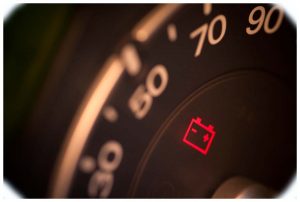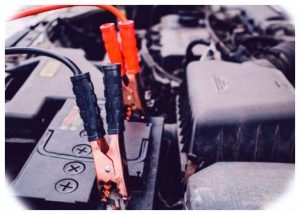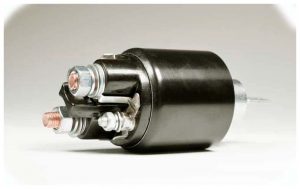Testing your car’s starter is an important part of regular vehicle maintenance. A starter test helps to identify and diagnose any issues before they become more serious. This article provides a comprehensive guide on how to test your car’s starter and what steps you should take to ensure a successful test.
Common Symptoms of Starter Issues

- Starter not engaging when the key is turned in the ignition
- Starter cranking slowly or intermittently
- Clicking noises coming from the engine bay when trying to start the car
- The battery light on the dashboard illuminated while attempting to start a car
If you notice any of these symptoms, you may need to perform a starter test to diagnose any potential problems.
Preparation: Tools Needed for Starter Testing
For a successful diagnosis, you must have all the necessary tools and supplies before starting your testing process. You will need both basic and advanced tools depending on your chosen testing method.
Basic Tools:
- Basic tool kit with screwdrivers, wrenches, and sockets
- Electrical tester or multimeter
- Battery charger
- Battery terminal cleaning brush
Advanced Tools:
- Starter solenoid tester or starter/battery load tester
- Remote starter switch kit
Step-by-Step Guide: Testing Your Starter
Before you begin testing, it is important to ensure that the preparation steps have been completed to have a successful test. Ensure all the necessary tools are on hand and the battery is fully charged. Once these steps have been taken, you can move on to the actual testing process.
Pre-Testing Precautions: Before beginning your test, disconnect the negative terminal of your car’s battery to avoid any potential electrical shock or damage. Additionally, it is recommended that you wear protective gear such as gloves and eye protection during this process.

Method 2: Bench Testing – This method requires advanced tools such as a starter/battery load tester or remote starter switch kit. The process involves connecting the tester to the battery and then to the starter and crank it to check for proper functionality. This method allows for a more detailed analysis of any potential problems due to its ability to measure current draw and amperage while cranking the engine.
Method 3: Remote Solenoid Test – This method requires an additional tool known as a remote solenoid tester which is connected between the battery and starter motor to test for proper operation of the solenoid during cranking without actually having to start the engine.
Troubleshooting: Identifying Potential Starter Problems
Once you have performed one or more of these tests, you should begin troubleshooting to identify any potential problems with your car’s starting system. Here are some common issues that can be identified through testing:
Starter Does Not Crank: This can be caused by a number of issues, including a faulty ignition switch, an open or shorted starter circuit, or a weak battery.
Starter Cranks Slowly: This could be caused by a low battery, poor connections in the starting system, or an issue with the starter itself.

Starter Spins But Does Not Engage: This usually means an issue with the flywheel teeth or that they are not engaging properly when cranking. It can also be caused by low oil pressure or if the timing belt has jumped due to poor maintenance.
Conclusion
Testing your car’s starter is important for diagnosing and identifying potential problems and for regular maintenance and care of your vehicle’s starting system. By following this guide on how to test your starter motor, you will be able to quickly identify any issues before they become more serious and expensive to repair. Additionally, it is recommended that you keep an eye on the symptoms of starter issues and contact a qualified mechanic if you notice any of the signs mentioned in this article.


Add Comment